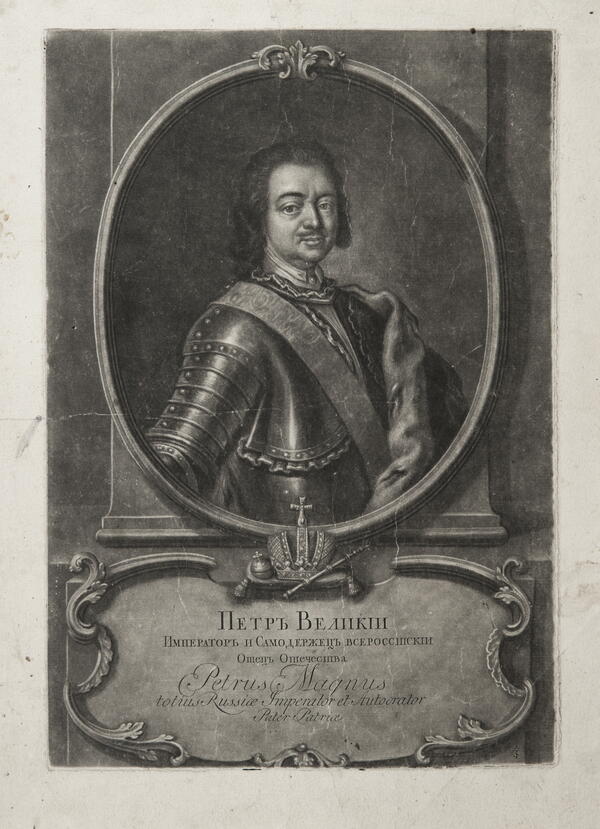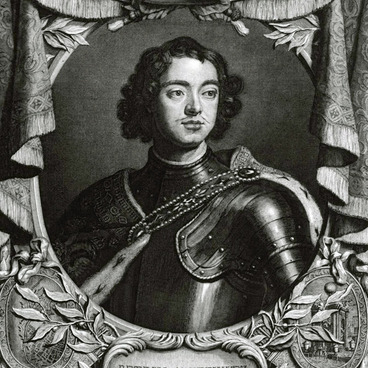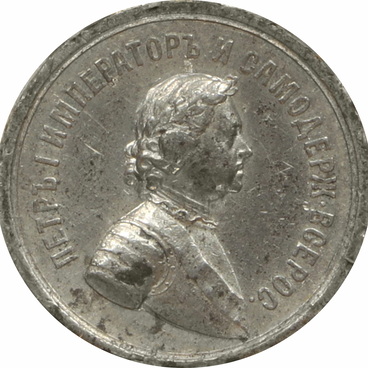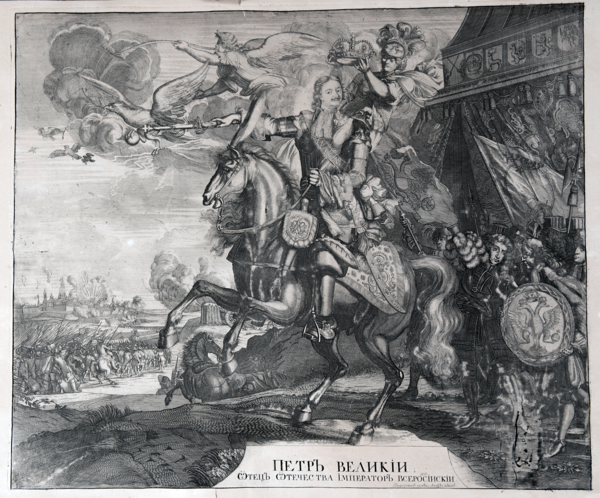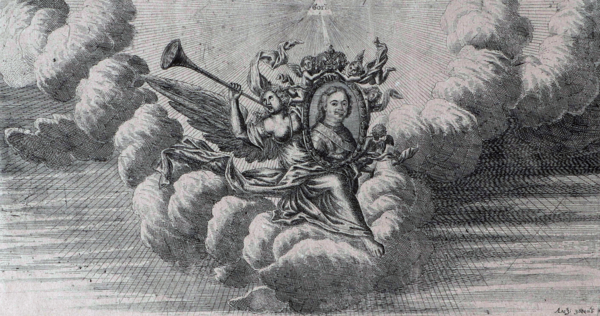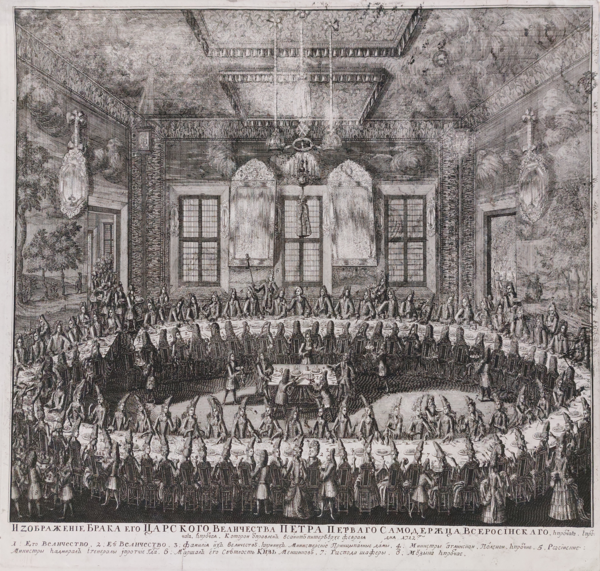In the middle of the 17th century, a new engraving technique called mezzotint appeared. When working on portraits of highborn customers, the German amateur engraver Ludwig von Siegen regretted that he could not convey semitones through engraving or etching. In 1642, he discovered that instead of making holes in the plate with a needle or a burin, he can also smooth the surface of a roughened plate.
The Duke of Cumberland, Prince Rupert of the Rhine, was the first to learn of this secret new technique from its inventor and shared it with the English people, after which mezzotint spread into different countries. In Russia, however, its development was not consistent. The first masters who began to systematically use mezzotint were Adriaan Schoonebeek and his student, the Russian engraver Alexey Zubov.
Schoonebeek’s works were distinguished by a baroque “ornate” style, which he instilled in his students. Baroque paintings are distinguished by their contrast, dynamism, and magnificent forms. Baroque masters were attracted to majestic and expressive images, which is clearly visible even in black-and-white engravings.
The second wave of interest in the mezzotint technique is associated with the name of the Augsburg master Johann Stenglin, who arrived in Russia at the invitation of the St. Petersburg Academy of Sciences.
In St. Petersburg, Stenglin took up the training of two masters — Johann Gottfried Tannauer and Ilya Semyonovich Rukomoikin. Together with them he began working on a large order — a series of portraits of Russian monarchs. The first of the six editions of the series dates back to 1742—1745. Presumably, some of the portraits, such as those of Peter I, Catherine I and their daughter Anna Petrovna were entrusted to Alexey Zubov.
The art historian Dmitry Aleksandrovich Rovinsky tried to establish which artworks were used as reference for the engravings, relying on the accounts of Jakob von Shtaehlin. In his opinion, these could be original canvases by Johann Heinrich Wedekind, Johann Gottfried Tannauer, Louis Caravaque, Louis Toque, as well as copies created by Ivan Ivanovich Belsky.
